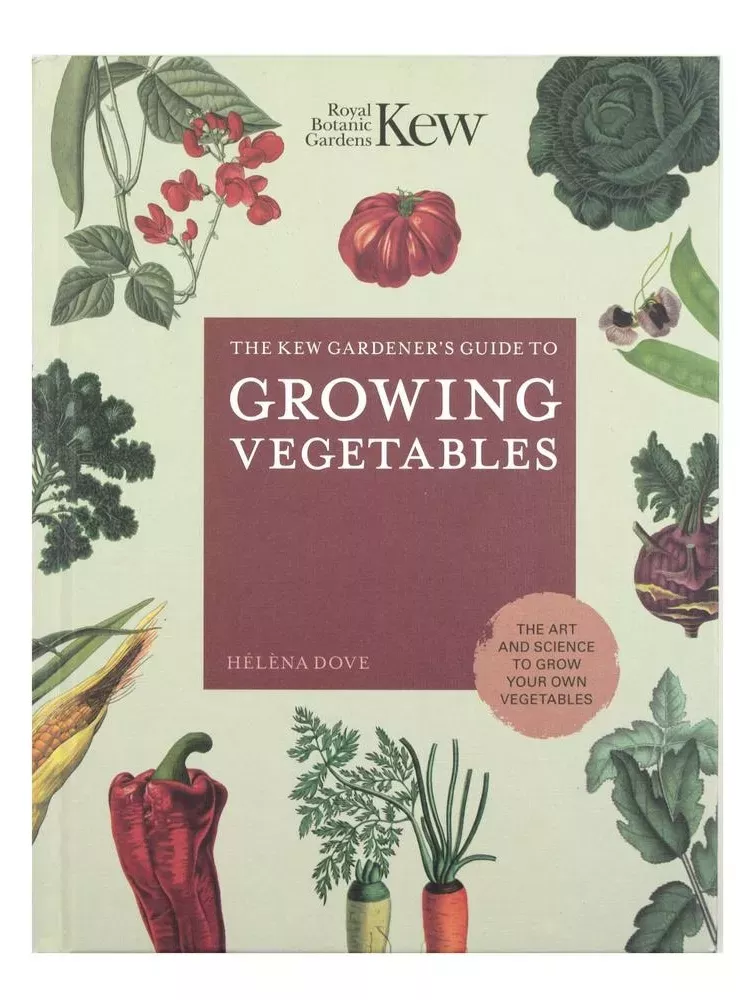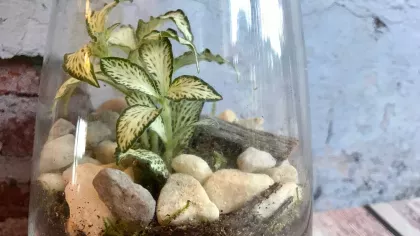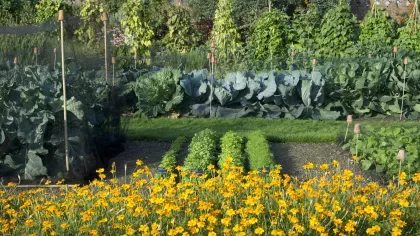24 April 2020
How to propagate your houseplants
Create an indoor jungle by propagating plants at home.

House plants bring life to our homes and some much-needed greenery at a time when we're spending more time indoors.
But did you know you can easily multiply your house plants by propagating them?
Propagation is the process of breeding a plant from the parent plant. Give this method a go with your favourite houseplants to multiply the greenery in your home.
Did you know?
At Kew Gardens and Wakehurst we propagate plants to supply our gardens and to preserve rare and endangered species.
From Madagascan palms to English waterlilies, many of the plants we propagate are critically endangered and start their new lives in our nurseries.

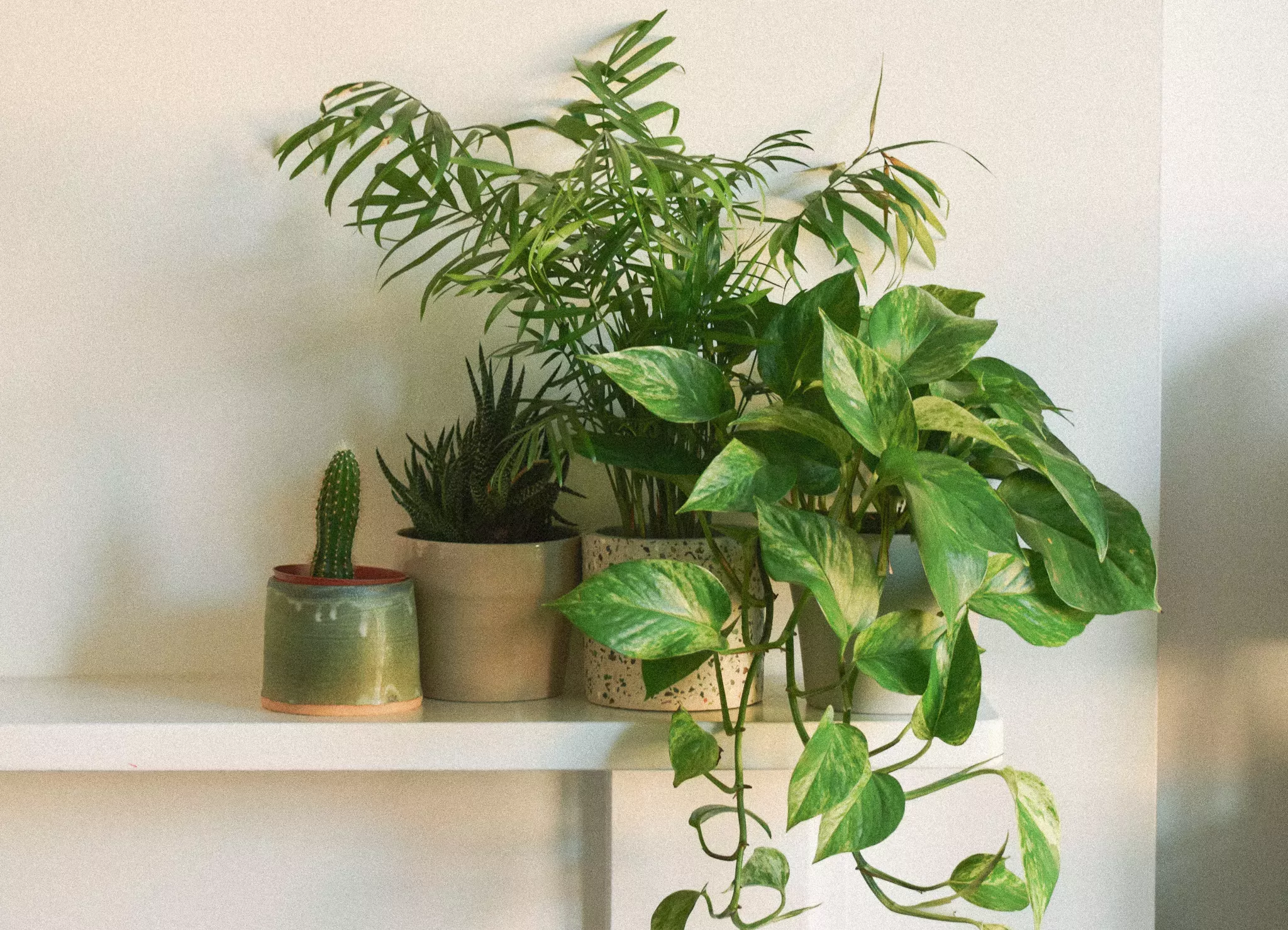

Water propagation
Many plants can be propagated in water. This is an easy way to propagate your plants at home and you can also watch the roots grow and develop.
Many house plants can be propagated in water, including common houseplants in the Araceae family.
Good plants to try:
- Chinese evergreen (Aglaonema commutatum)
- Devil's roots (Epipremnum aureum)
- Spider plant (Chlorophytum comosum)
- Swiss Cheese plant (Monstera deliciosa)

What you'll need
- A plant
- Scissors or a pruning knife
- A vase, jar or bottle filled with tepid water
- Pots of compost
Method
1. Using scissors or a pruning knife, cut the plant just below a node (where a leaf attaches to the stem). Cut at a 45° angle. This angled cut will maximise the amount of water that can be absorbed by the cutting. Your cutting should be between 7–16cm long.
2. Cut off the lowest leaf and any other excess leaves, leaving just the top 2 or 3. Any part of the cutting that sits in water should be free of leaves (otherwise they will rot).
2. Half fill a glass, vase or bottle with water and place the leaf cutting in it. Place it somewhere bright and warm (but not in direct sunlight).
3. Change the water every couple of days to keep it fresh.
4. Rooting will generally take 3–4 weeks, although some plants take longer. Once roots between 2 - 5cm long have formed in the water, it's time to plant the new plant into a pot of pre-moistened compost.
5. Keep the compost moist (but not too wet), and you should start to see new growth on your plant. Say hello to your new house plant friend.

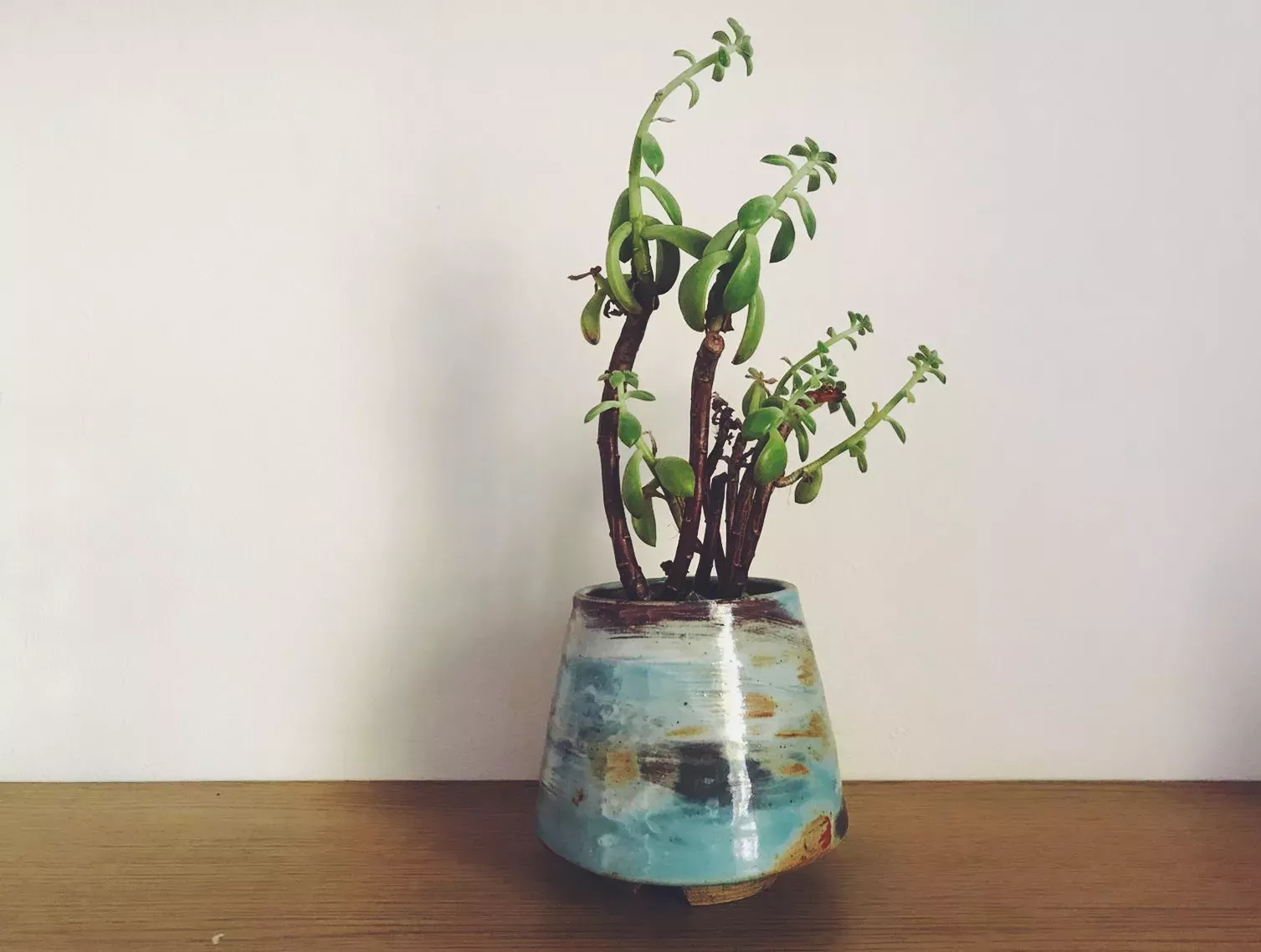
Propagating cacti
Give propagation a go with cacti to multiply your spiky pals.
What you'll need
- Tongs
- A pot
- Cacti compost
- Scissors or a pruning knife
- Gardening gloves

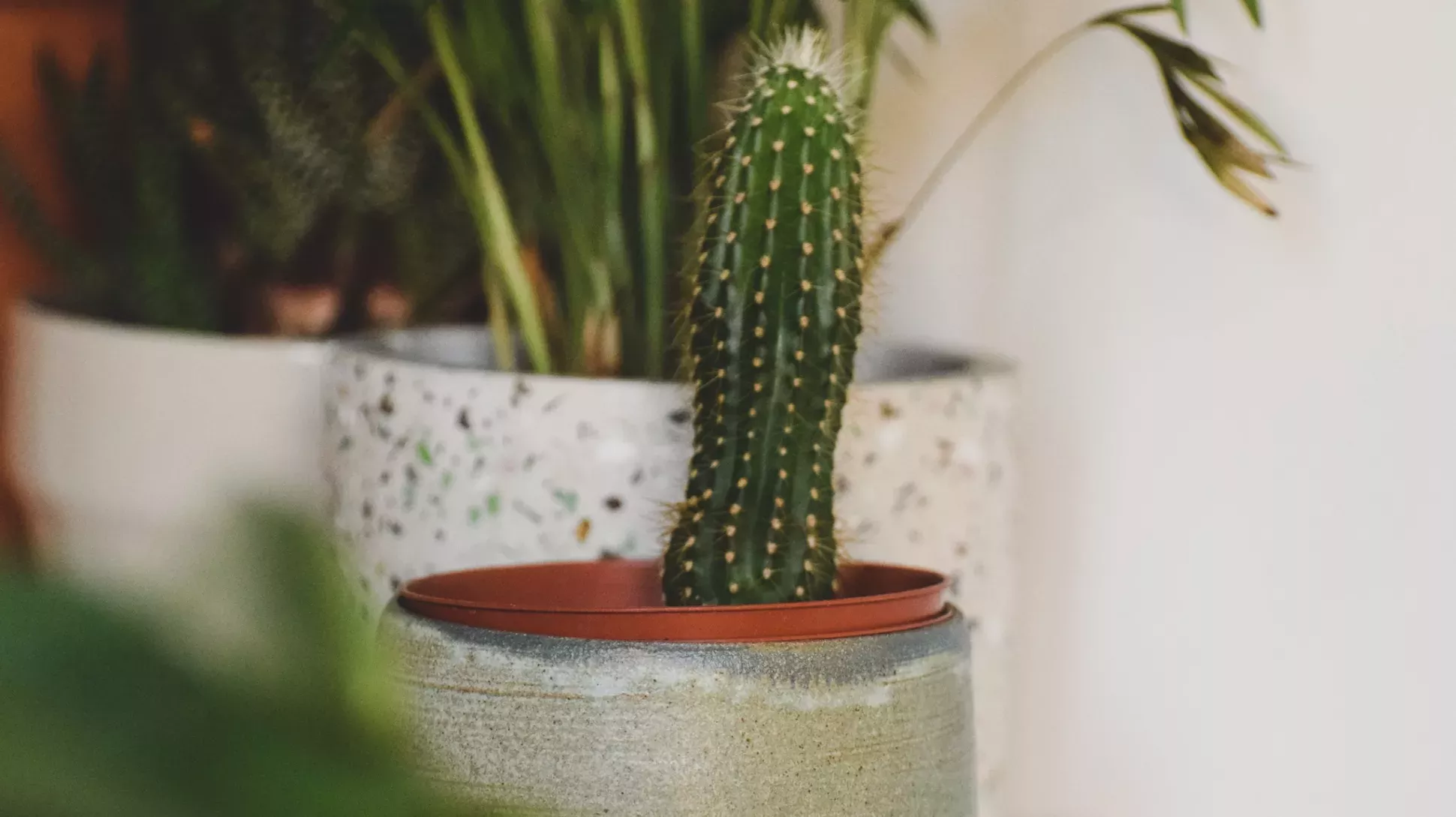
Method
1. Put on your gloves, and choose a healthy piece of stem around 10cm long. Cut the stem using scissors or a pruning knife.
If you're trying this with a cacti that has segments (such as prickly pears), you'll need to remove a whole segment.
2. If you can, make 45° cuts at the bottom of your cutting to create a dome shape. This will help the wound heal better.
Using tongs, place the cutting on a plate on its side until the wounds have callused (sealed over, hardened and dried out).
3. Once dry (after about 1–2 weeks) fill a pot with well-draining cacti compost. Make a small hole, place the cutting upright in it and water the compost. Leave in a bright spot, but not in direct sunlight.
4. After 2–4 weeks, it will start to root and you'll have a baby cacti. Remember to water it when the soil gets dry.
Top tip from our horticulturalists
Try dusting the end of the cactus (the part that you cut) with sulphur powder. This will prevent bacteria and fungus from growing and rotting the cutting which will stop it growing roots.
Remember to wear gloves while doing this.



